 One way you can be more creative–or solve a problem that’s been vexing you–is by doing things the other way around. That is, do the opposite of the standard, reverse things, and flip things over.
One way you can be more creative–or solve a problem that’s been vexing you–is by doing things the other way around. That is, do the opposite of the standard, reverse things, and flip things over.
Think of the following:
- Usually, walkways are still and people move on them. In many airports, people have to walk long distances to get from one terminal to another. To make things more convenient for travelers, these airports do things the other way around: the people stand still while the walkway moves.
- Think of a television program that starts with a person standing in an elevator covered in blood, and then takes you back in time and tells you the story of how that person ended up in that condition.
- Instead of raising revenue in order to manufacture your product, you can start selling the product before you build it and then use the revenue from the sales to build your product.
- Although Christmas trees are usually placed on the floor, some people have started hanging them from the ceiling in order to save floor space and better showcase the ornaments.
This article will share with you three examples of doing things the other way around. Then, it will show you how you can apply this principle to your own life and business in order to solve problems creatively and generate new ideas.
School Flips Lessons and Homework
There’s a school in Minnesota which is experimenting with switching things around when it comes to math. Instead of teaching math to kids while they’re in school, and expecting them to complete math assignments at home, they’re doing things the other way around.
Lessons are pre-recorded and students are expected to watch them at home. Then, during school time students work on solving math problems alone, or in groups, as the teacher stands by ready to help.
This approach has done the following:
- It has increased the amount of time that the teacher has available to help the students.
- Teachers can sit down with students as they’re solving the problems, observe what they’re doing wrong, and ask the questions that will lead the students to solve the problems on their own.
- In addition, teachers can encourage students who are struggling to try harder.
- Lastly, teachers can team up students who are doing poorly in math with those who have stronger math skills. (Source.)
Organ Donation: Reverse the Default to Opt-Out
There are over 110,000 people on the waiting list for organs in the United States. The harsh reality is that some of these people will die before organs become available. Why does the US have such a long waiting list for organs? Because not enough people donate their organs.
The US uses an opt-in method for organ donation. People have to sign a “Uniform Organ Donor Card” so that their organs can be donated. And not enough people sign these cards.
Instead of asking how to get more people to opt-in to the organ donation program, the US could consider applying the flip of opt-in. Of course, that would be to have an opt-out system. That is, people’s organs are donated unless they sign a form to opt-out.
Many countries in Europe, including Spain, France, and Belgium, have opt-out organ donation programs. By changing from an opt-in to an opt-out program, these European countries have eliminated their organ waiting list. In Europe, doing things the other way around is saving lives.
Top-Freezer Refrigerators
A lot of people grew up with a top-freezer refrigerator. This simply means that the freezer—in which you place the frozen foods, such as ice cream, meat, poultry, and so on– is at the top, and the refrigerator is at the bottom. For a long time, this was the industry standard. However, this is not the most efficient way to store foods that require refrigeration.
It’s more efficient to flip it around: that is, place the freezer at the bottom. There are several reasons for this, including the following:
- Frozen foods are often heavier than perishables—think of a large frozen turkey—so there’s less lifting if the freezer is at the bottom.
- Since you tend to open the refrigerator more often than the freezer, if the refrigerator is at the top there’s less bending and crouching over to reach for items.
- Warm air rises, so having the compartment that requires less cooling at the top is better for energy consumption.
You gain several benefits simply by turning the refrigerator upside down: put the freezer at the bottom and the refrigerator on top. What other everyday items would be more efficient if you turned them upside down?
How to Apply this Principle
In order to apply the principle of doing things the other way around in your own life or business, ask yourself the following questions:
- How can I differentiate myself by watching what everyone else is doing, and then moving in the other direction? For example, if your town is being over-run by fast food restaurants, you could open a slow-food restaurant.
- How can I do things in reverse order?
- What’s the normal or standard way of doing this? Now, what’s the opposite?
- Ask yourself what you can do in order to fail, and then do the opposite. Here are some examples: How can I provide the worst possible service? How can I make sure that the customer has an awful experience? What can I do so that no one will buy this eBook? How can I make sure that people won’t subscribe to my blog? How can this system be sabotaged?
Conclusion
Start looking for solutions to problems by reversing things, doing things the other way around, or flipping it. For more ideas on how to be more creative, get my eBook: “How to Be More Creative: A Handbook for Alchemists“.


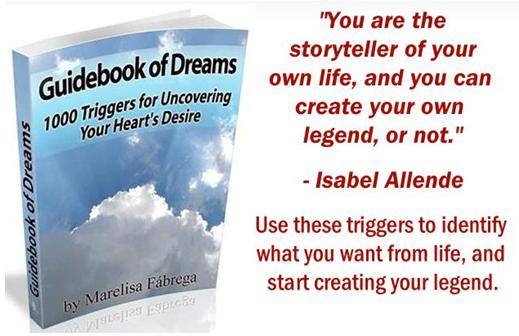
Related Posts:
1. 25 Ways to Be More Creative
2. Three Unconventional Ways to Find Ideas
3. Nine Creativity Sparking Tips
4. The Night Before Christmas and Stealing Like An Artist
Did you enjoy this article? Subscribe to “Daring to Live Fully” by RSS or by email, and get free updates.

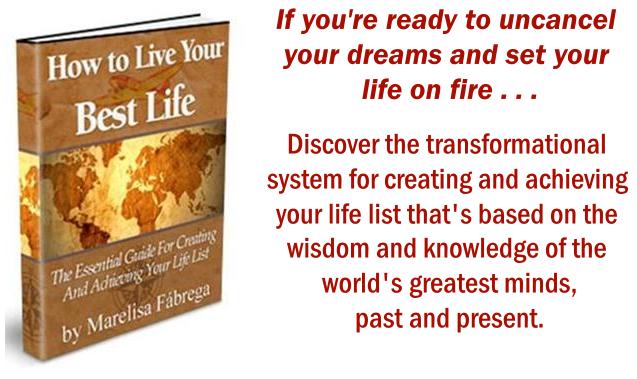
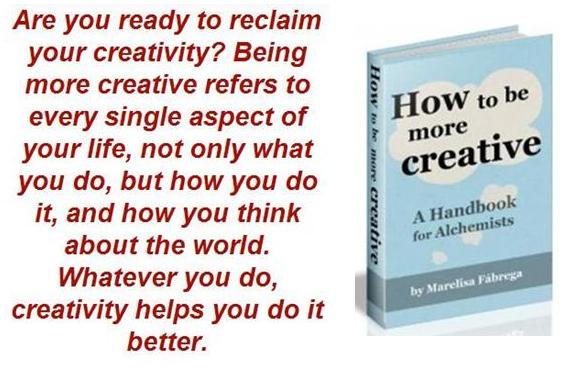
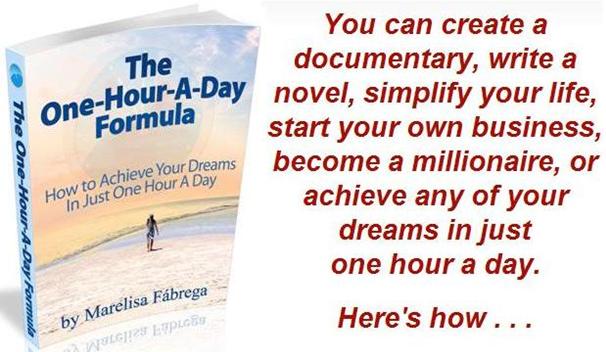
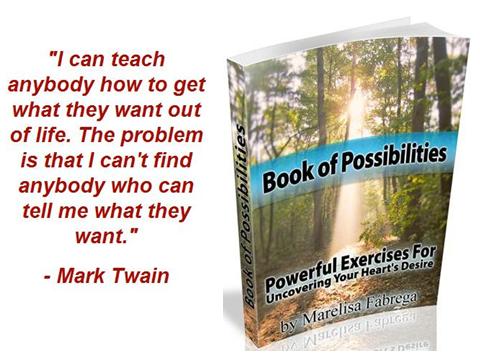



 Marelisa Fabrega is a lawyer and entrepreneur. She holds a Bachelor of Science in Business Administration from Georgetown University in Washington, D.C., as well as a Juris Doctor from the Georgetown University Law Center. You can learn more about her
Marelisa Fabrega is a lawyer and entrepreneur. She holds a Bachelor of Science in Business Administration from Georgetown University in Washington, D.C., as well as a Juris Doctor from the Georgetown University Law Center. You can learn more about her 





